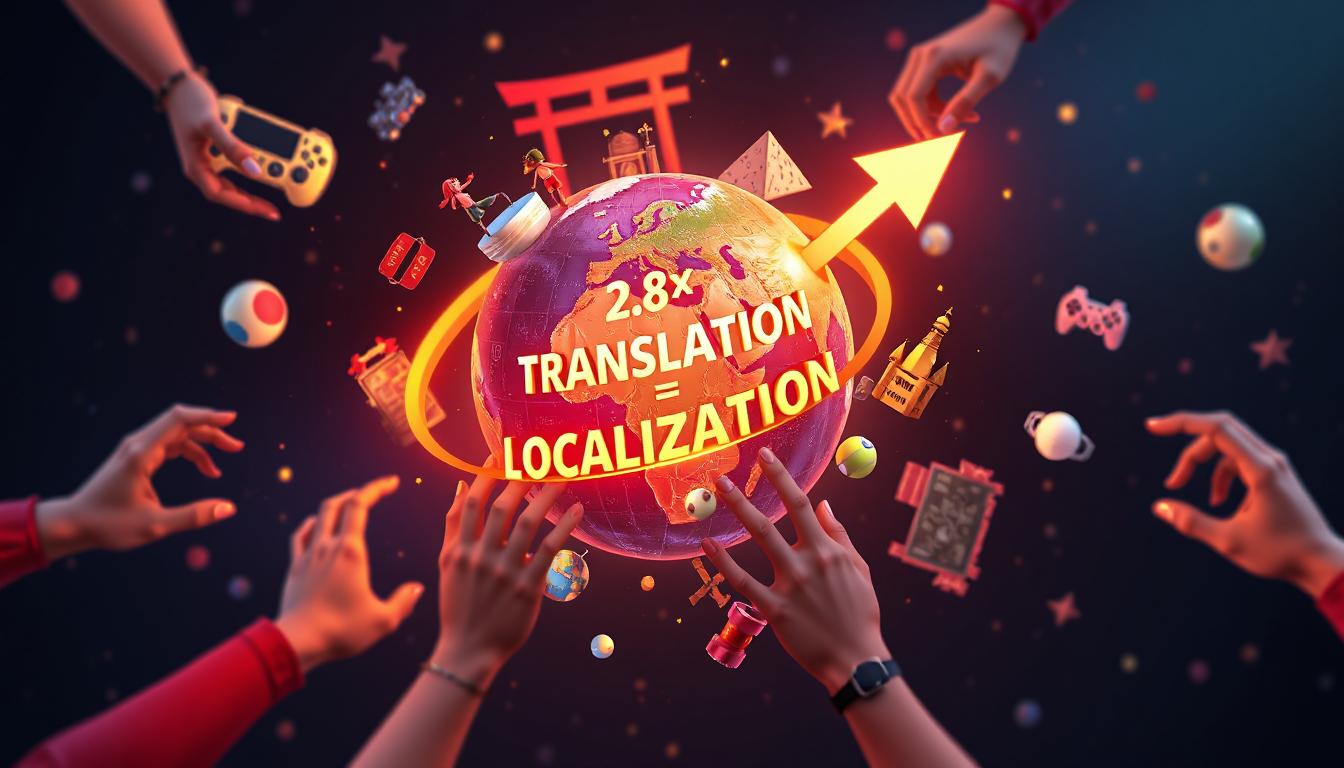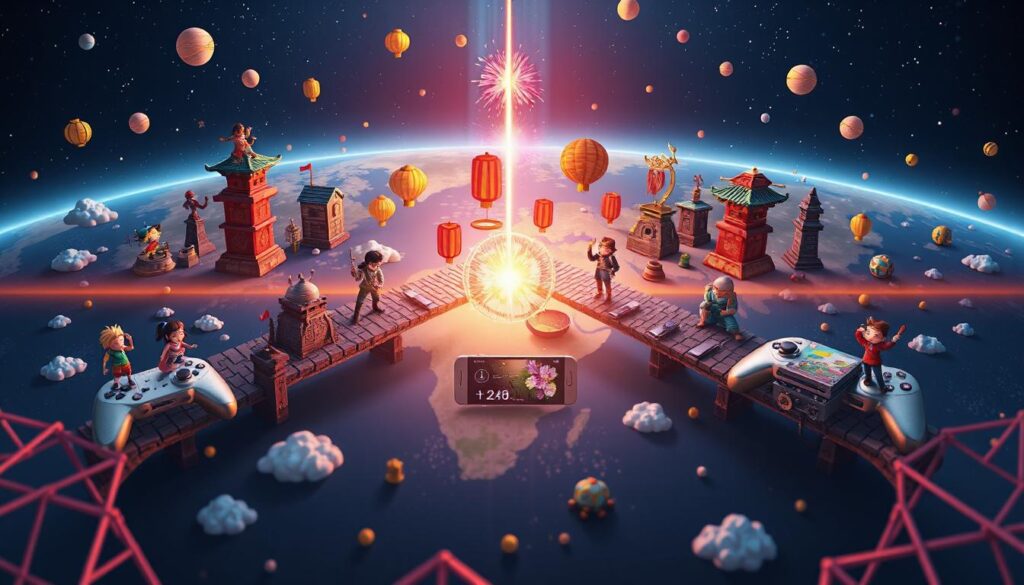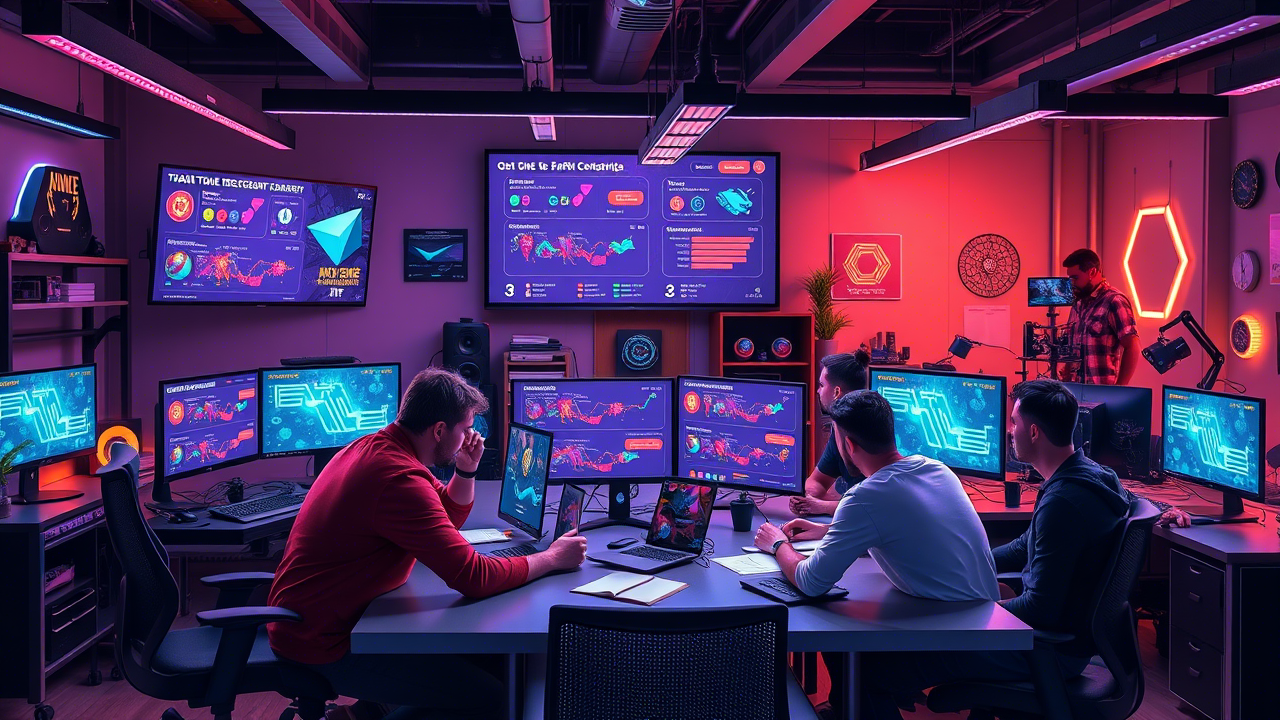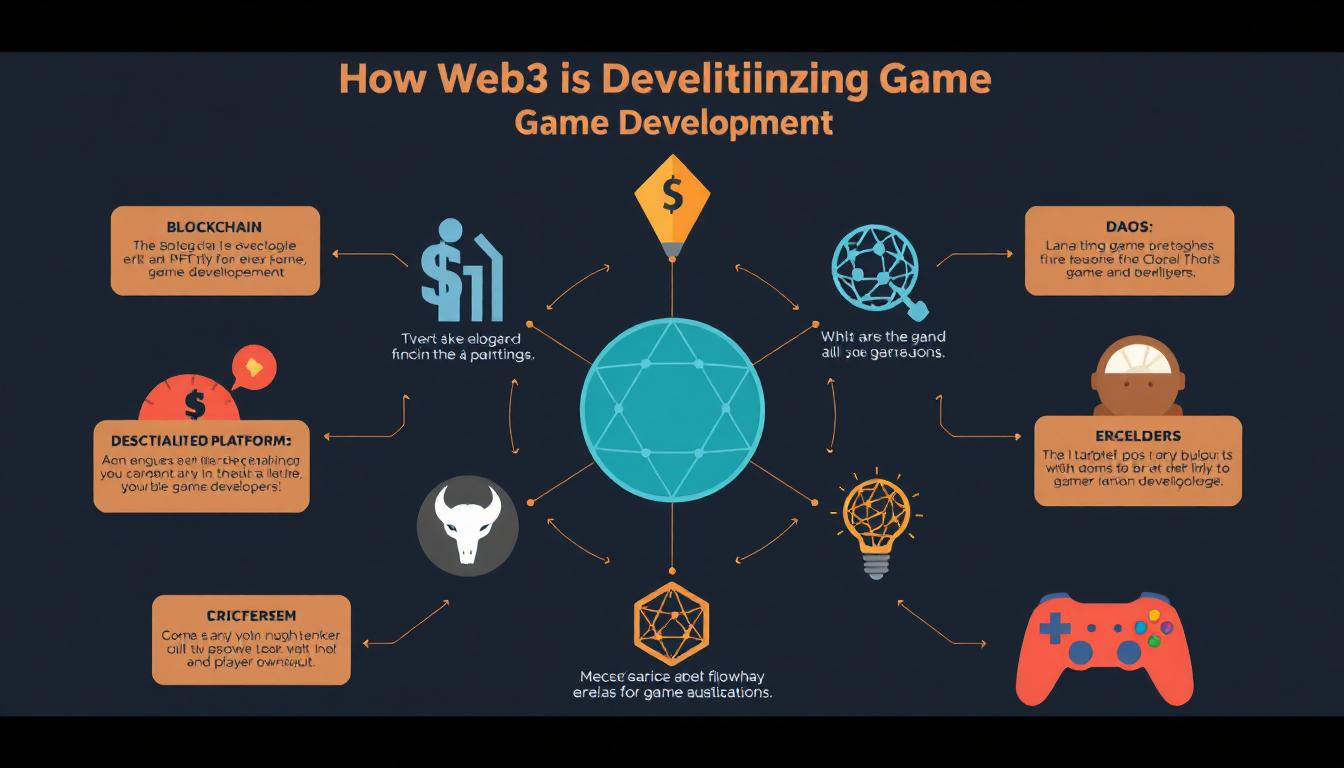
Why Game Localization is the Key to Global Gaming Success
75 percent of gamers are more interested in localization than price. In the preceding article, Why Game Localization Matters in the Game Industry, we saw how localization fills cultural voids. Let’s dive deeper into the game localization strategy: blending local market insights, diversity principles, and data-driven analysis to help developers successfully enter global markets.
Important Fact: Localized games have a 2.8x higher lifetime revenue compared to non-localized ones (Newzoo 2024)
The video game industry is among the most competitive markets today, with global revenue projected to exceed $321 billion by 2026. With such an immense opportunity, the success of a game in international markets is vital. This is where game localization kicks in: adapting a game’s content, language, and cultural elements to appeal to players around the world. Localization goes way beyond translation; it is a crucial part of a game’s success strategy, enabling it to pierce through cultural and linguistic walls and ensuring the highest possible engagement and return.
What is Game Localization?
Game localization means adapting a video game’s language, cultural elements, and technical aspects to meet the needs of a target market. It goes beyond translation: it means adjusting text, audio, visuals, and even gameplay mechanics that exist in the game.
Animal Crossing: New Horizons, for example, had incorporated country-specific events, including Tanabata and Thanksgiving in North America, to add an engaging layer to gameplay. According to a study conducted by LocalizeDirect, over 72% of gamers are more likely to buy a game available in the language they are used to. All with no mention of how closely you stayed to the original script, but The Legend of Zelda: Breath of the Wild had its story and dialogues carefully localized so that every culture got to enjoy navigating through its deep narrative.
This perfectly illustrates some of the other localization aspects such as adapting user interfaces (UI) to fit additional text, changing character names to be in line with cultural meanings, or even replacing imagery content that could be interpreted as inappropriate in specific cultures. For example, some games have to censor their content in advance for legality in China or Germany.
Audio localization also matters a lot. Titles such as The Last of Us Part II, so an example of multiple high-quality dubbing in languages, keeping the emotional depth from one side of the market to the other. Subtitles, voiceovers, UI adaptations, etc., are necessary parts of a fully localized game.
Some developers also employ adaptive localization, where game dialogue and story elements adapt based on users’ preferences. Localization is the process of adapting your product for local markets, including tweaking things like content and layout, and even dates, times, and currencies.

Real-World Examples of Successful Game Localization
Case Study 1: Final Fantasy Series
Square Enix took a meticulous approach to localizing Final Fantasy for Western markets by:
- Reworking dialogue to maintain the narrative’s emotional resonance while aligning with regional sensibilities.
- Tailoring cultural nuances to ensure universal storytelling without losing the series’ essence.
- Refining character names and terminology to foster seamless cross-cultural connection and accessibility.
This strategy balanced authenticity with adaptability, ensuring the game’s global success without compromising its creative identity.
Sold: More than 173 million copies worldwide as of 2023 (Square Enix).
The Final Fantasy series never skips a beat, and its localizations are no exception; refined over decades with data from up to the date of release in October of 2023, the series has perfected its process. While in early versions, there might have been periodic translations, later editions included cultural adaptation, a complete script rewrite, and even entire gameplay ideas to suit the audience. For example, Final Fantasy VII Remake included additional voiceover and regional adaptations for separate language audiences.
In addition, Square Enix took the effort to localize Final Fantasy XIV, a massively multiplayer online role-playing game (MMORPG), by integrating region-specific events and voiceovers to enhance player interaction in global markets.
New Data Size: 10GB new data.
CD Projekt Red translated The Witcher 3 into 15 languages, releasing a version of marketing copy that tilted Slavic folklore into the global vernacular.
Collaborated with native speakers to modify dialogues and cultural subtleties
Modified in-game signage for language accuracy.
Result: 50 million+ copies in the wild, localization loved for its simple yet rich storytelling.
Case Study 2: The Witcher 3: Wild Hunt
The Witcher 3 was no different concerning localization, but instead of simply translating text, it went much deeper. The developers adjusted character expressions, humor, and historical references to ensure immersion for global audiences. The Chinese even adapted some of the specific mythical creatures to better suit the local folklore.
Case Study 3: Assassin’s Creed Series
They did this in Assassin’s Creed: Origins, ensuring cultural accuracy through authentic dialects and references while also assuming the voice of people whose skins were too dark to experience what it was they were attempting to portray.
- Employed historians and linguists to confirm cultural accuracy.
- Outcome: More Middle Eastern players started playing.
Ubisoft’s Assassin’s Creed Valhalla also raised its hand to mention a localization process that dug deep, one that translated references to Nordic mythology into other settings without the usual distortion of historical accuracy. Ubisoft changed the UI and gameplay tutorial infrastructures in international markets to suit different learning styles.
The Business Impact of Localization
As per CSA Research, 76% of gamers prefer buying native versions of video games, and 40% stated they would not buy non-localized games. This is a clear example of how localization affects buying behavior.
Genshin’s Impact was released in 13 languages across 2 years and ended up generating over $4 billion. The addition of region-appropriate architecture, music, and voice actors helped boost engagement even more.
On the other hand, games that didn’t localize well — like the original English translation of Persona 5 — were heavily criticized and cost the company potential sales.
The Future of Game Localization
Game localization unleashes the potential of game diversity, allowing local games to go global. Be it Final Fantasy’s cultural rewrites or Genshin’s Impact festival integrations, the key to success is exacting adaptation.
By adhering to best practices—beginning early in the development process, collaborating with native speakers, and utilizing advanced tools—developers of all kinds can build games that feel at home to players around the globe. As AI technology and real-time localization resources continue to evolve, the future of game localization holds the promise of even greater accessibility and cultural fidelity.
To learn more, check our previous article: The Importance Of Game Localization In Game Industry.
Q&A:
1. Why can’t I just translate my game’s text and call it a day?
Localization isn’t just swapping words—it’s about making your game feel like it was created in the player’s backyard. Imagine asking a Japanese player to celebrate “Thanksgiving” in Animal Crossing or expecting Middle Eastern gamers to resonate with a Crusades-themed storyline. Without cultural tweaks, humor adjustments, and even legal compliance (looking at you, China’s censorship laws!), your game might flop harder than a mistranslated pun.
2. What’s the secret sauce to nailing localization?
Think of localization as baking a cake:
- Start early (don’t frost a half-baked game).
- Hire locals —not just translators but gamers who live the culture.
- Test ruthlessly (because “level up” becoming “floor up” in Japanese is a real problem).
Oh, and AI tools? They’re your sous-chef for speeding up workflows, but human taste testing is irreplaceable.
3. Does localization really move the revenue needle?
Short answer: Yes. Games like Genshin’s Impact didn’t hit $4 billion by accident—they localized festivals, music, and even character voices for 13 regions. Meanwhile, Persona 5 ’s clunky English launch left fans cringing (“All righty!” still haunts Reddit). The math is simple: 76% of gamers refuse to buy non-localized games. Ignore them at your peril.


